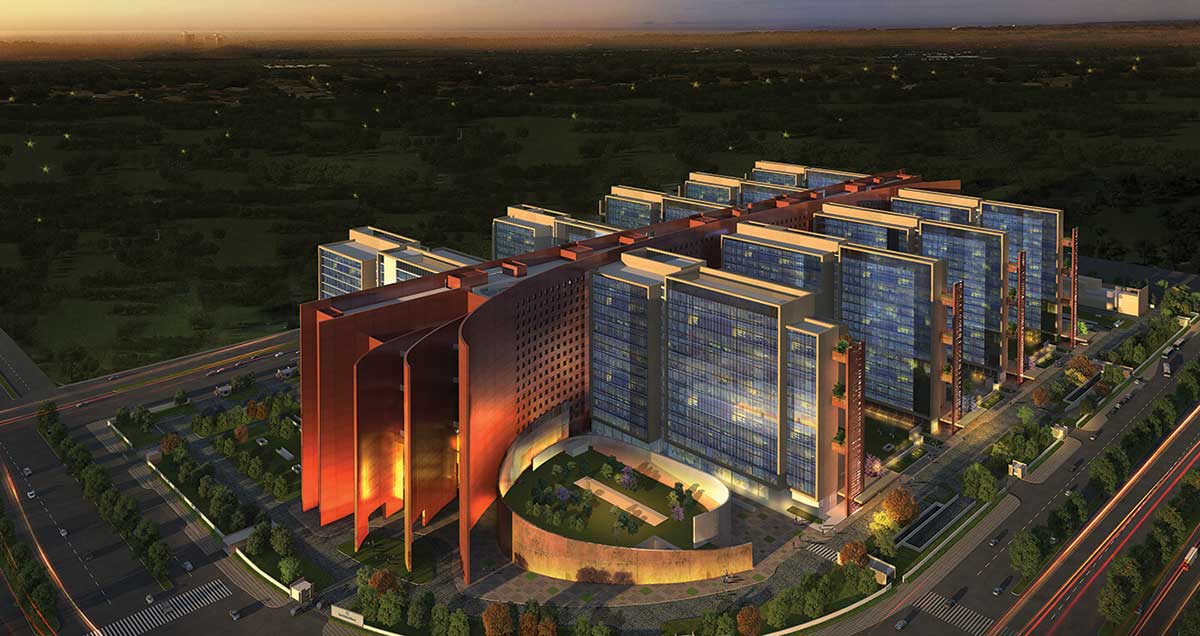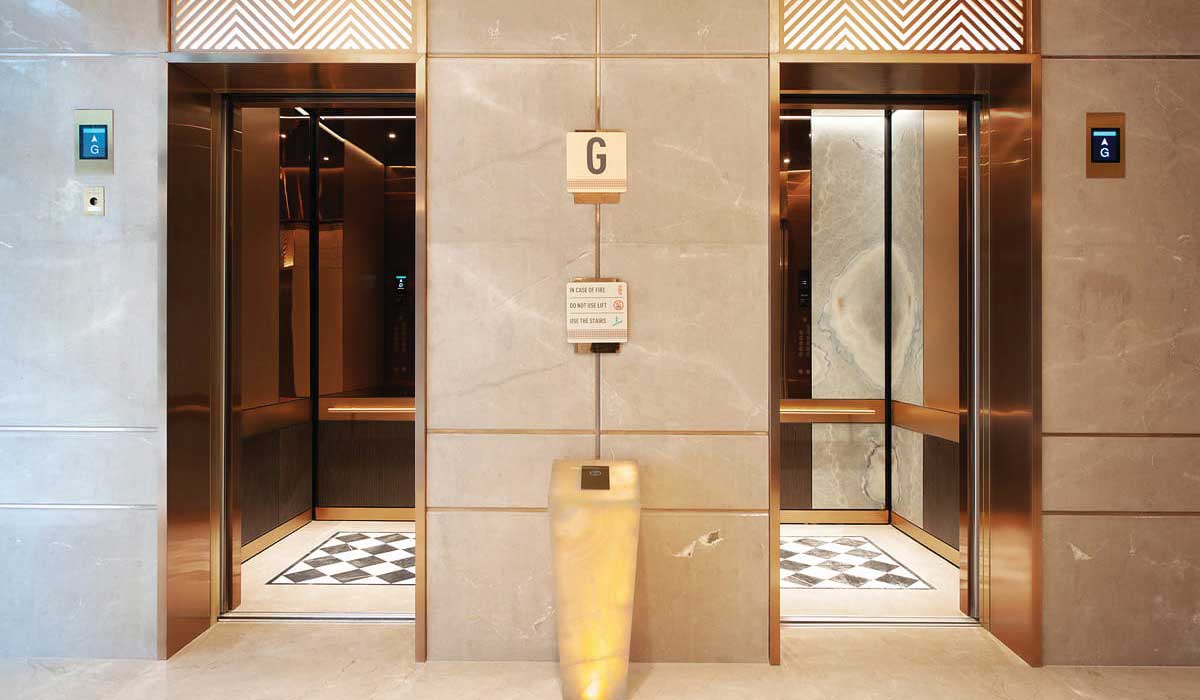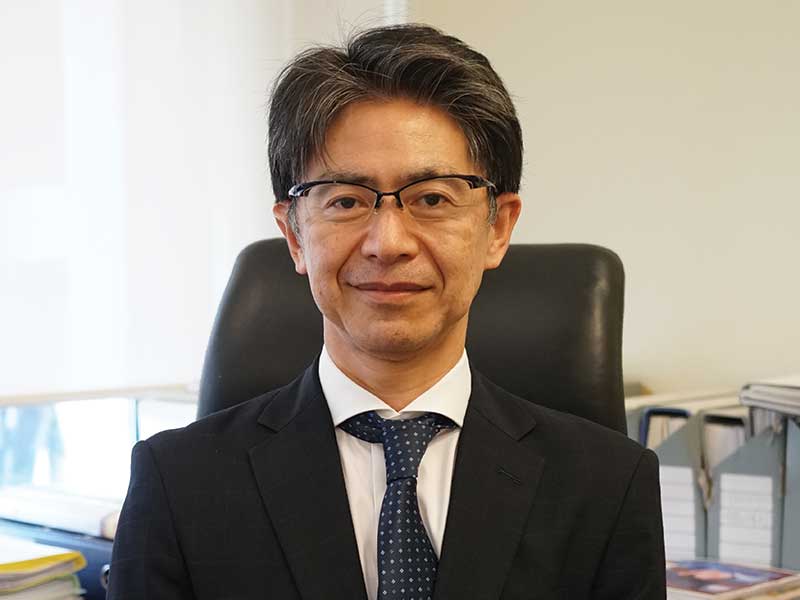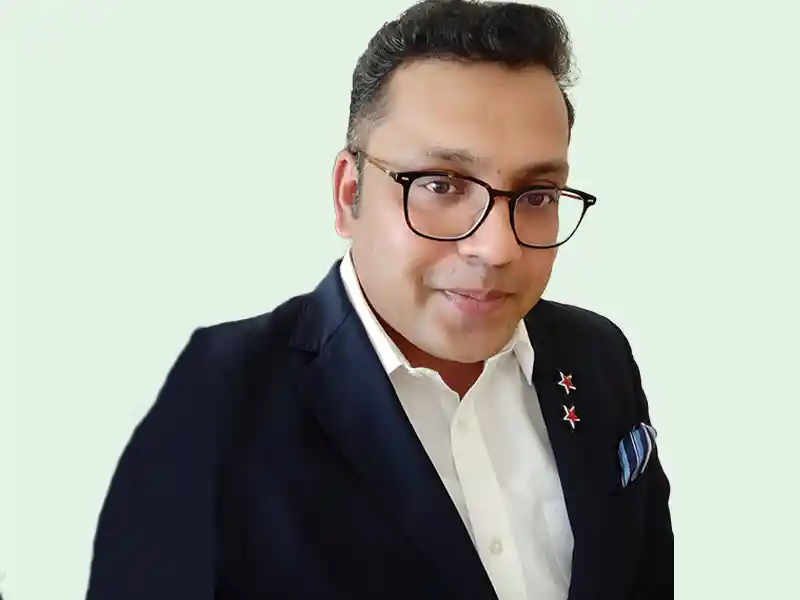Katsuhiko Sato, MD, Toshiba Johnson Elevator (India)

A well designed and well-planned vertical transportation system is the lifeline of a building.
With the current impetus on high-rise buildings and smart cities, the elevator and escalator market is witnessing a paradigm shift. Builders, architects, and elevator manufacturers are working together to develop elevator systems that are attuned with the building design, and are operationally safe, efficient, and cost-effective.
A smart elevator is capable of communicating with the passengers and operators to improve passenger experience and elevator performance. Regardless of the building or project category, safety and time management remain inherent to vertical transport solutions.
Technologies like Destination Control System that increase the efficiency of the lift operation and reduce waiting times can be employed, especially in larger buildings. DCS helps transport passengers rapidly, safely, and without long travel and wait time.
The Compact Performance Magnet Synchronous Motor (PMSM) is space saving and consumes over 30% less power as compared to the conventional electric motor. Its gearless traction without gear oil has low vibration, low noise, and better environmental conservation. A roller guide is used instead of the conventional sliding guide shoe. Lubrication oil and lubrication unit are eliminated and replaced by a long-life rubber roller that helps reduce environmental pollution.
Non-OEM certified service and maintenance, lack of experience, and unavailability of genuine spares are the major causes of accidents.
As an OEM, we would like to urge elevator users to realize the importance of services provided by a genuine OEM. Long-term benefits should not be ignored on account of short-term gains. A safe passage is ensured by OEMs by providing routine and preventive maintenance.
Since the inception of TJEI in 2012, we have maintained Toshiba’s legacy of high quality and earning a zero–accident record in India. We conduct a rigorous ‘7 Step Quality Check’ of our installations in every project. Many technology features that save power are now standard in TJEI elevators.
TJEI is driving elevator safety-standards through training and development.
As tremendous technological and engineering advances are being made in the vertical mobility sector, safety has become a common goal for all stakeholders in the industry – from legislators and regulators to equipment manufacturers, engineers who install, operate, maintain, repair and ride in elevators. Building managers also value the importance of building resiliency in these events.
India’s Elevator industry is shifting towards systems that aid in energy savings with environmentally responsible features
Katsuhiko Sato
Remote Monitoring System (RMS) is one such technology that keeps elevators going without fail by predicting their maintenance and scheduling it during non-peak hours, and thereby reducing their downtime. TJEI uses its proprietary RMS to continuously observe the performance of the elevators at a centralized monitoring centre and remotely supervise the status of its elevators. It also monitors the condition of the main components, foresees any faults that may cause a breakdown, and detect the reason for it instantly.
Using this technology, the downtime caused due to elevator breakdown can be reduced substantially as the building owners are pre-informed when a particular key component needs to be repaired or replaced. So, in an RMS powered elevator, clients will experience less downtime and more efficient uptime.
Toshiba Elevator and Building Systems Corporation (TELC) has held the Guinness World Record for installing the fastest elevator in the world at the TAIPEI 101, Taiwan. It was recently honored with a Gold award at the iF Design awards for its Destination Control System ‘FLOORNAVI’.

Technology will be handicapped without trained and dedicated engineers.
Many of the components that go in elevator system are precision component requiring advance machining and tooling equipment. The industry is also combatting low availability of skilled labor and infrastructure to make a complete ecosystem for elevator components made in India. We have imported many parts from China so far and spent money and time to achieve the current level of quality and cost. We need to develop local vendors with a series of quality management system in order to grow India’s E&E industry. The vendors must also comply with the minimum safety codes.
We have built a team of dedicated engineers and service technicians that work in tandem with the RMS service alerts and are always available for the upkeep of Toshiba elevators. Even during the trying pandemic times, our maintenance technicians stepped out to serve the people.
TJEI has established a national Training Centre and Distribution Centre (TCDC) that focuses on enhancing the competence and expertise of Toshiba field engineers for elevator sales, installation, and maintenance. In addition to educational facilities, TCDC has a storage area for elevator components required for elevator installation and maintenance. TCDC also functions as a reliability center equipped with various quality control facilities. It also provides advanced engineering solutions, focuses on development of human resources, and ongoing investments for engineering facilities.
Challenges and opportunities in procuring Made in India components.
In the recent past, India has seen a series of reforms like Demonetization, implementation of GST, and RERA, which have had a direct and deep effect on the country’s GDP, and on liquidity and thereby on the Real Estate business.
This brought about a change in the growth pace of the E&E Industry, and in the investment patterns, during the transition period, which further changed the purchasing and selling patterns.
Developers and vendors have collaborated with each other to deal with these challenges. They have taken their fair share of advantages from each other, with developers benefiting from lowered price levels and vendors securing orders from a shrunk market and ensuring continuity of business. While the market was striving to restore the health of the industry through this mutual exchange of benefits, we were struck by the pandemic in 2020. Price challenges have continued to prevail due to the rising costs.
We hope to see opportunities growing with stabilization in the market in the next 2-3 years, backed by a strong industry specific resolution by the Central and State Governments. Until such time, vendors with the luxury of low-cost products and a diverse market presence will continue to swim against the current tide, but others will have to be highly dynamic to deal with the changing conditions in order to meet their business goals.
















